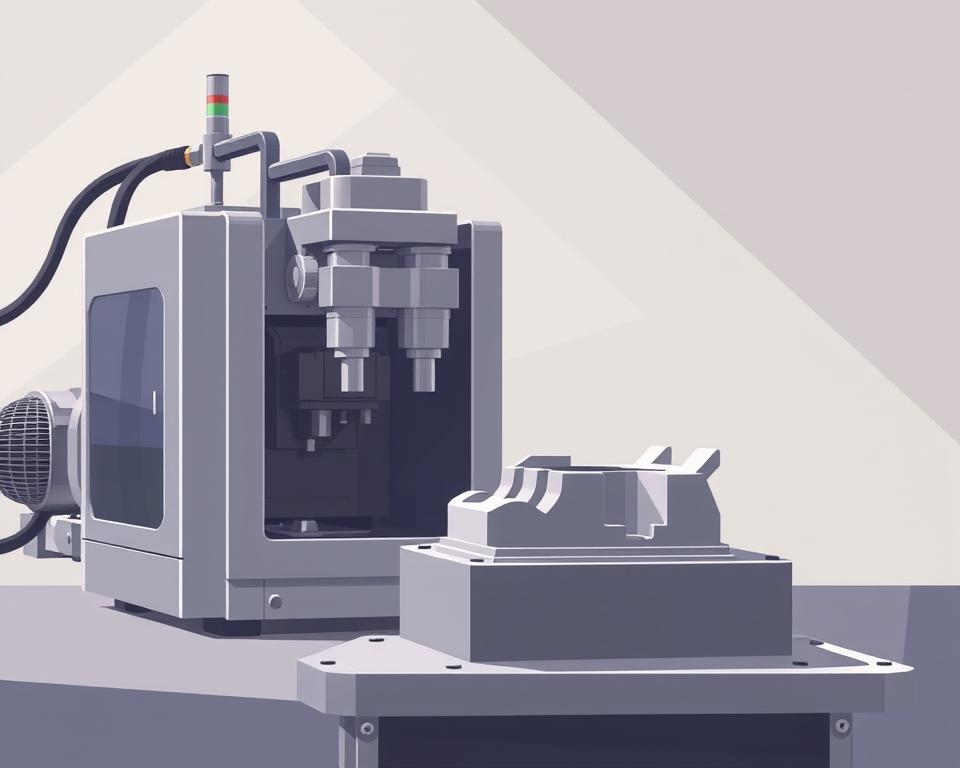Step‑by‑Step Guide to Sourcing Injection Molding in China
So, the big meeting just wrapped up. your new product has been approved, the schedule is tight, and the budget is, let’s say, constrained.. Then someone—maybe your boss, maybe the finance director—utters the phrase that sends a little jolt down every project manager’s spine: “We should look at sourcing this from China.”
Naturally, you agree. On paper, it’s logical. The cost savings can be huge. However, your brain is racing with concerns. You’ve heard all the horror stories, right? The quality disasters, the communication black holes, the shipment that shows up three months late looking nothing like the sample. It can feel like you’re being asked to walk a tightrope between landing a huge cost win for the company and steering your project straight into a ditch.
But here’s the catch. Sourcing plastic mold company doesn’t have to be a gamble. It’s a project, just like any other. And its outcome hinges on the approach you take. It isn’t about the cheapest offer but about choosing the right supplier and running the process transparently. Forget the horror stories. Let’s walk through a real-world playbook for getting it right.

Initial Step: Prepare Your Information
Before you even whisper the word “supplier” or open a browser tab to Alibaba, you need to get your own house in order. Truthfully, over fifty percent of offshore sourcing issues originate in an unclear project brief. You cannot expect overseas partners to interpret your unspoken requirements. It’s akin to asking someone to price-build “a structure” with no details. You’ll get wildly varied quotes that are useless.
Your goal is to create a Request for Quotation, or RFQ, package that is so clear, so detailed, that it’s nearly impossible to misinterpret. This package is your project’s foundation.
So, what goes in it?
First, your 3D CAD files. They’re essential. Stick to universal formats like STEP or IGS to avoid any compatibility headaches. This serves as the definitive part geometry reference.
Yet 3D models don’t cover everything. Add comprehensive 2D plans. Here you specify what 3D can’t show. Think tolerances, material grades, finish specs, and any feature-critical notes. If a specific surface needs to be perfectly smooth for a seal, or a particular hole diameter is vital for an assembly, your 2D drawing needs to shout it from the rooftops.
Next up, material. Don’t label it simply “Plastic.” Nor just “ABS.” Get precise. Call out SABIC Cycolac MG38 (black), for example. Why so detailed? Because resin grades number in the thousands. Naming the precise grade locks in the mechanical, thermal, and aesthetic properties you need with plastic mold injection.
A good supplier can suggest alternatives, but you need to give them a clear starting point.
Lastly, add your business data. What is your Estimated Annual Usage (EAU)? You must specify if it’s a 1K-part tool or a 1M-part production run. Cavity count, tooling cost, and per-unit pricing depend on volume.
Hunting for the Best Supplier
Now that your RFQ is pristine. who will you target? The web is vast but overwhelming. It’s easy to find a supplier; it’s hard to find a good one.
Begin on popular marketplaces such as Alibaba or Made-in-China. They let you survey dozens of suppliers quickly. Treat them as initial research tools, not final solutions. Narrow your pool to about a dozen promising firms.
However, don’t end your search there. Think about engaging a sourcing agent. Yes, they take a cut. Yet top agents deliver reliable, audited suppliers. They bridge language and cultural gaps. As a newcomer, this offers priceless security. It’s schedule protection.
Another tactic: trade exhibitions. If you have the travel budget, attending a major industry event like Chinaplas can be a game-changer. Meeting onsite is unbeatable. Hold samples, talk shop, and gauge professionalism firsthand. Also, leverage the tried-and-true referral network. Consult trusted colleagues. A solid referral can be more valuable than any ad.
Shortlisting Serious Suppliers
Now you have your long list of potential suppliers and you’ve sent out your beautiful RFQ package. the quotes will start trickling in. You’ll see ridiculously low offers and steep quotes. Your task is to filter them down to 2–3 credible finalists.
How do you do that? It involves both metrics and gut feel.
Begin with responsiveness. Is their turnaround swift and concise? Can they handle detailed English exchanges? The true litmus: are they raising smart queries? The best firms will question and suggest. For instance: “Draft angle here could improve mold release. Tolerance check via CMM adds cost—proceed?” This is a massive green flag. It proves their expertise and involvement. A “Sure, no issues” vendor often means trouble.
Afterward, verify their technical arsenal. Ask for a list of their equipment. Seek samples or case studies of comparable projects. If you’re making a large, complex housing, you don’t want a shop that specializes in tiny gears.
Next up: the factory audit. Skipping this is a mistake. Just as you interview hires, audit suppliers. You can either go yourself or, more practically, hire a third-party auditing firm in China to do it for you. They dispatch an on-site auditor for a day. They authenticate the firm, review ISO credentials, evaluate machines, and survey operations. It’s a tiny cost for huge peace of mind.
Transforming CAD into Real Parts
Once you’ve chosen your supplier. you agree on 50% deposit to start toolmaking and 50% balance after sample sign-off. Now the real fun begins.
The first thing you should get back after sending your payment is a DFM report. Design for Manufacturability (DFM) is essential. It’s their professional review of your CAD. They’ll flag thick sections prone to sink, sharp edges that stress, or insufficient draft. A detailed DFM shows expertise. It’s a two-way partnership. Together, you tweak the design for best manufacturability.
Once the DFM is approved, they’ll start cutting steel to make your injection mold tool. Weeks on, you receive the thrilling “T1 samples shipped” notification. These are your initial mold shots. It’s your test of success.
Expect T1s to need tweaks. This is normal! There will be tiny imperfections, a dimension that’s slightly out of spec, or a blemish on the surface. You supply feedback, they tweak the tool, and T2 plastic mold in China samples follow. It could require several iterations. Plan for this loop in your schedule.
Eventually, you will receive a part that is perfect. It matches all specs, has a pristine finish, and works as required. This is now the benchmark sample. You sign off, and it serves as the master quality reference.
Crossing the Finish Line
Receiving the golden sample seems like victory, but you’re not done. Now you’re entering the mass production phase. How do you maintain consistency for part 10,000?
Implement a robust QC plan. This often involves a pre-shipment inspection. Bring in an external QC firm. They’ll randomly select parts, compare them to specs and golden sample, and deliver a detailed report. They provide a photo-filled inspection report. Only after you approve this report do you authorize the shipment and send the final payment. This audit shields you from mass defects.
Finally, think about logistics. Clarify your Incoterms. Is your price FOB (Free On Board), meaning the supplier’s responsibility ends when the goods are loaded onto the ship in China? Or EXW, shifting all transport to you? Your Incoterm selection drives landed expenses.
China sourcing is a long-haul effort. It relies on partnership-building. See them as collaborators, not vendors. Clear communication, mutual respect, and a solid process are your keys to success. No question, it’s demanding. However, armed with this guide, you’ll secure savings and keep high standards intact. You’re set to succeed.

